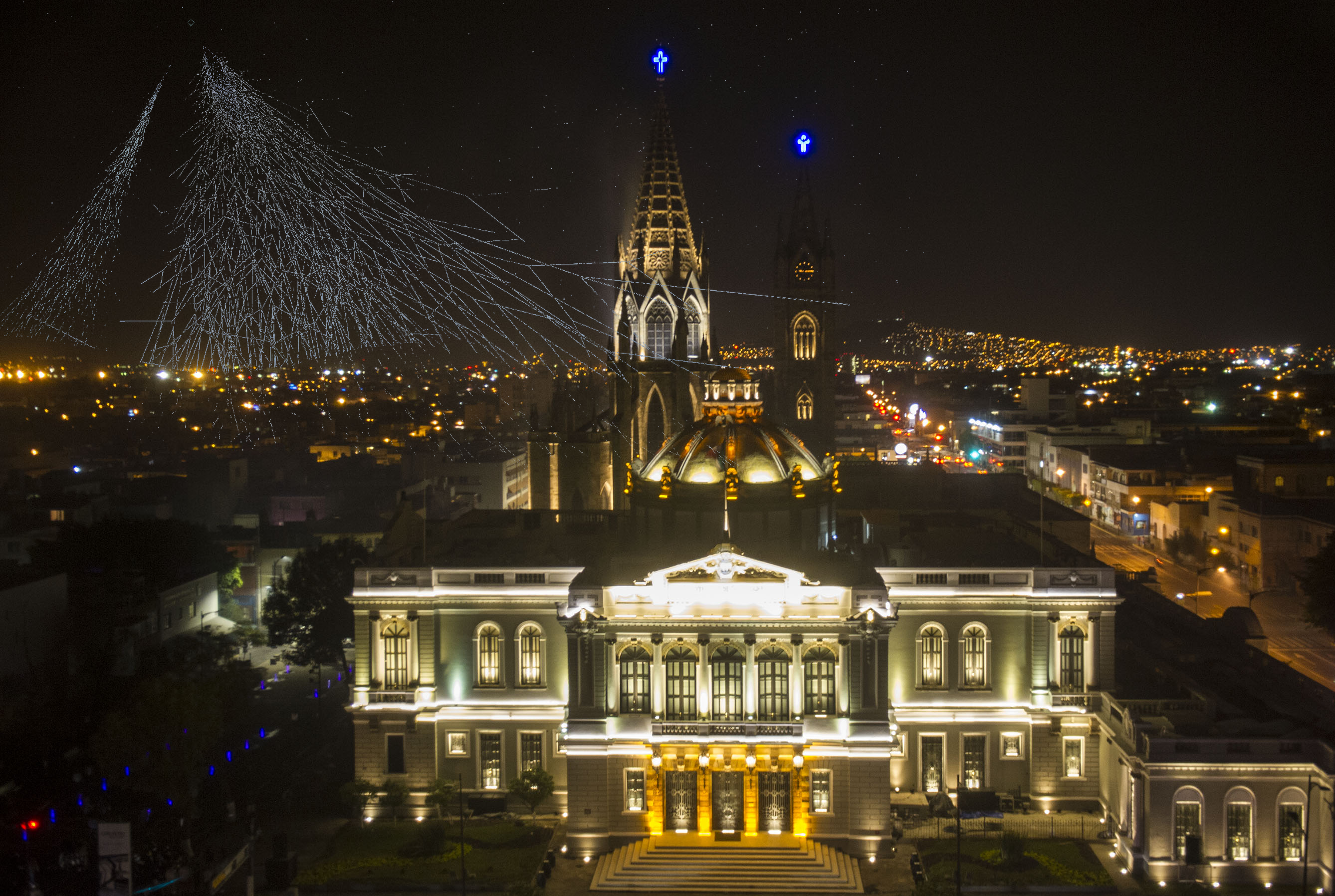The CALorimetric Electron Telescope (CALET) space experiment, which has been developed by Japan in collaboration with Italy and the United States, is a high-energy astroparticle physics mission. The instrument was launched on August 19, 2015 to the ISS with HTV-5 (H-II Transfer Vehicle 5) and installed on the Japanese Experiment Module - Exposed Facility (JEM-EF) on August 25.
The primary goals of the CALET mission include investigating on the presence of possible nearby sources of high-energy electrons, studying the details of galactic particle propagation and searching for dark-matter signatures. During a two-year mission, extendable to five years, the CALET experiment is measuring the flux of cosmic-ray electrons (including positrons) to 20 TeV, gamma-rays to 10 TeV and nuclei with Z=1 to 40 up to several 100 TeV. The instrument consists of two layers of segmented plastic scintillators for the cosmic-ray charge identification (CHD), a 3 radiation length thick tungsten/scintillating-fiber imaging calorimeter (IMC) and a 27 radiation length thick lead-tungstate (PWO) calorimeter (TASC). CALET has sufficient depth, imaging capabilities and excellent energy resolution to allow for a clear separation between hadrons and electrons and between charged particles and gamma rays.
Since the start of operation from in mid-October, 2015, continuous observation has been carried out without any major interruption, mainly by triggering on high-energy (>10 GeV) showers. The number of triggered events is about 20 million per month. By using the data obtained so far, we will present a summary of preliminary results by from the CALET observations on 1) Electron energy spectrum, 2) Proton and Nuclei spectra, 3) Gamma-ray observations, with results of the an on-orbit performance study.
